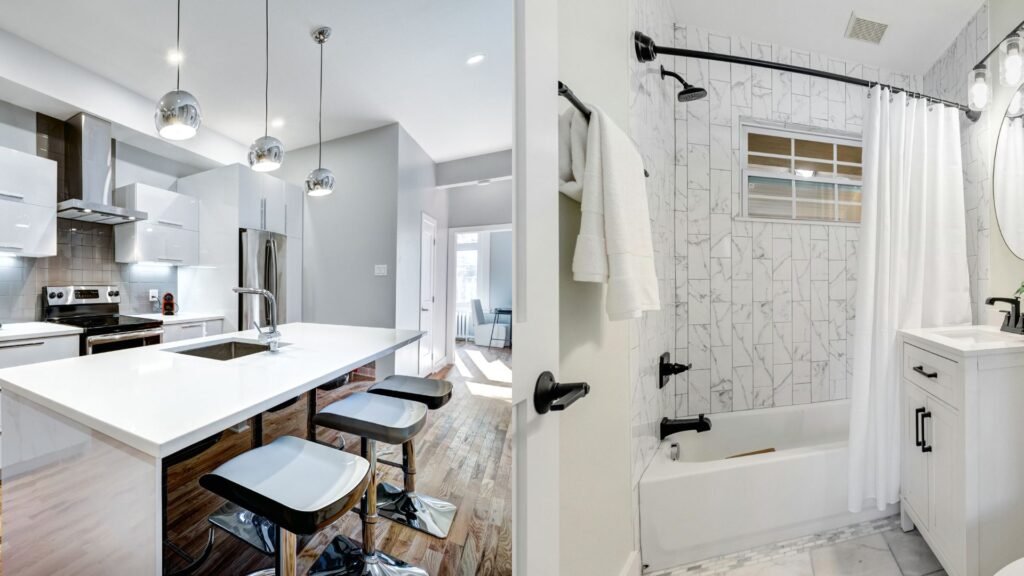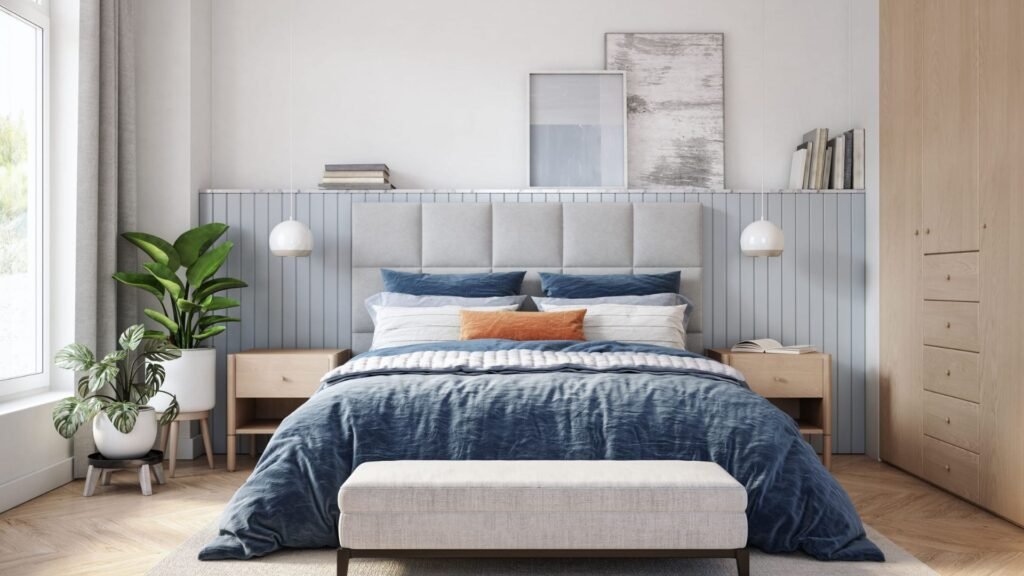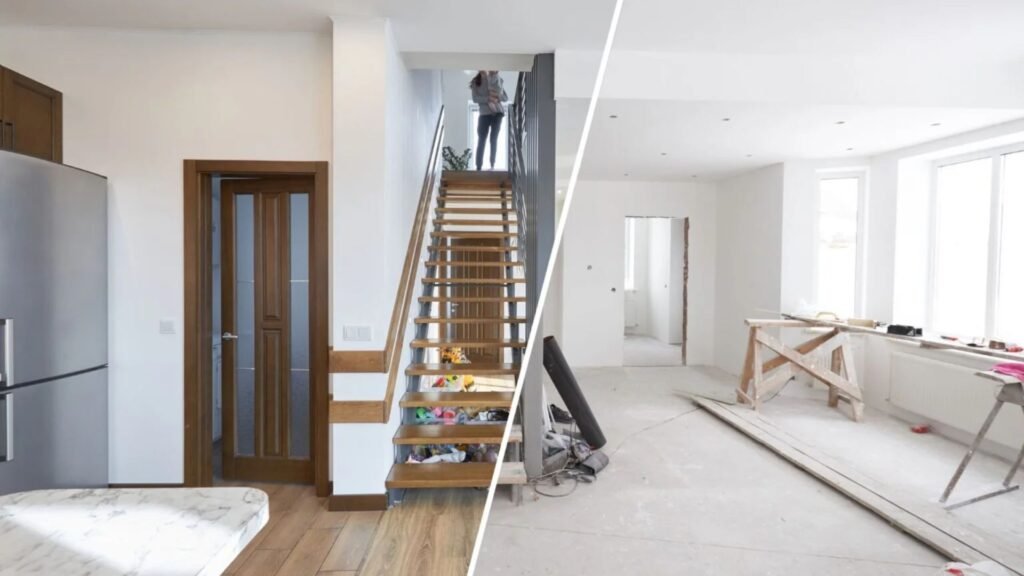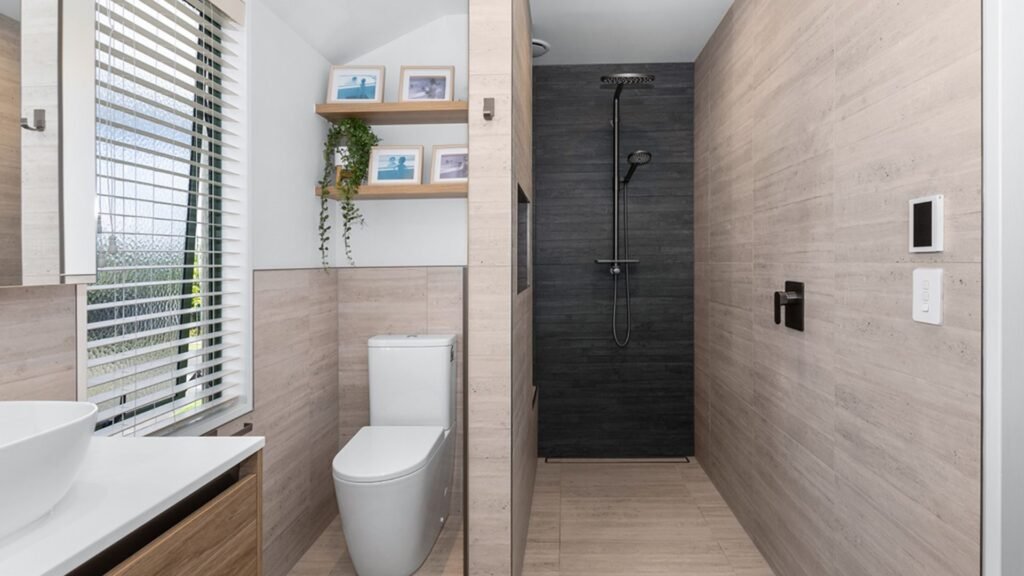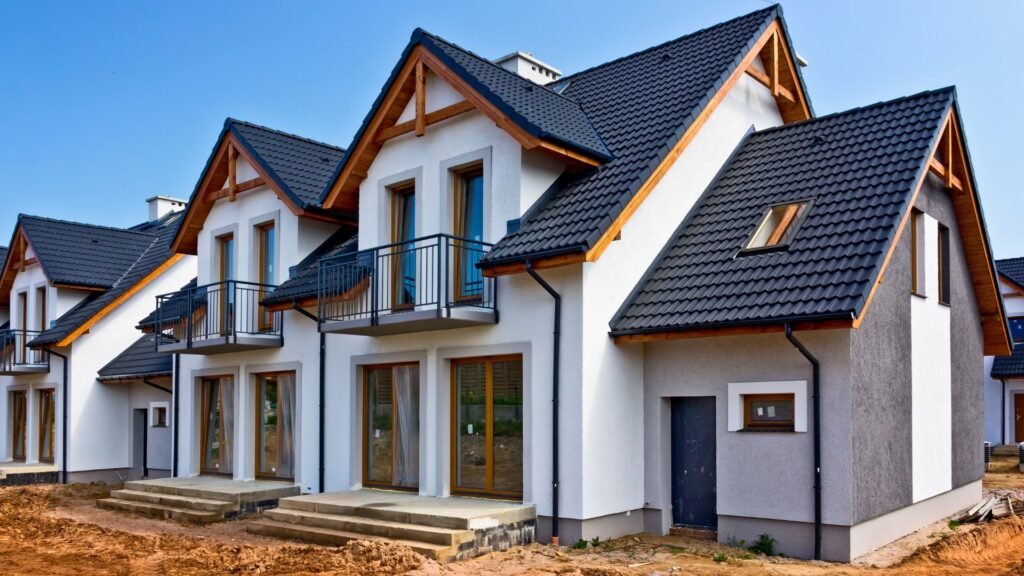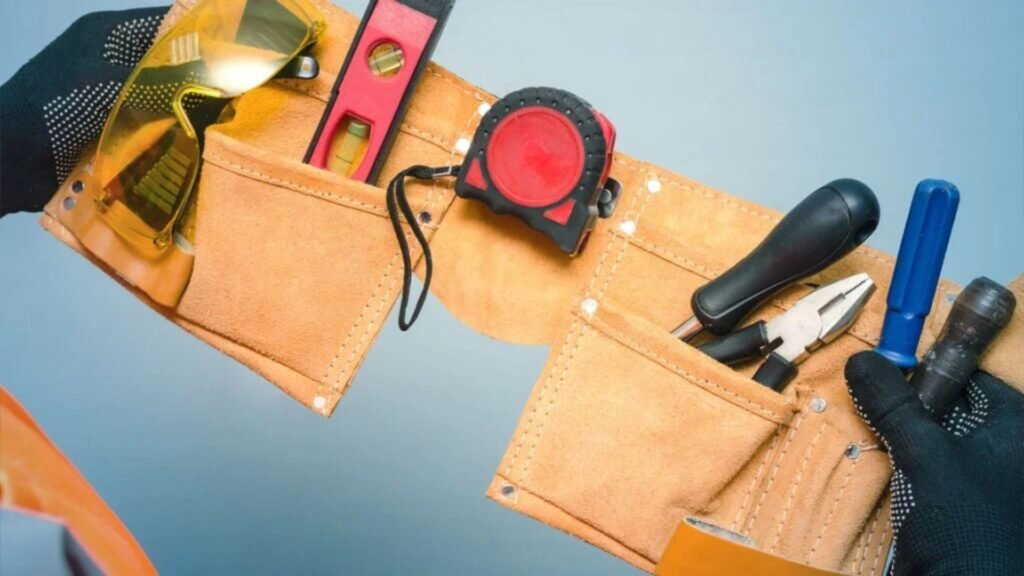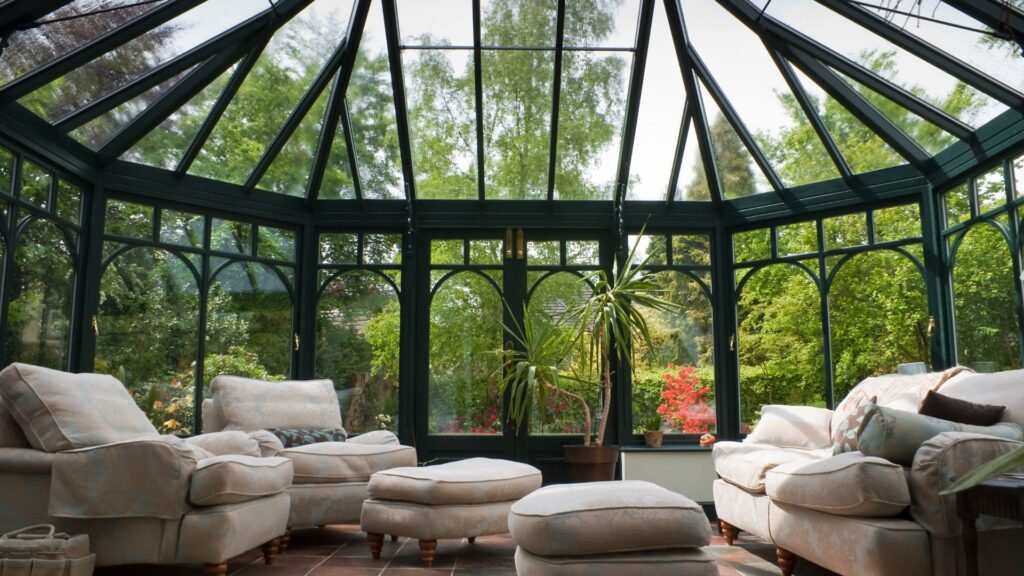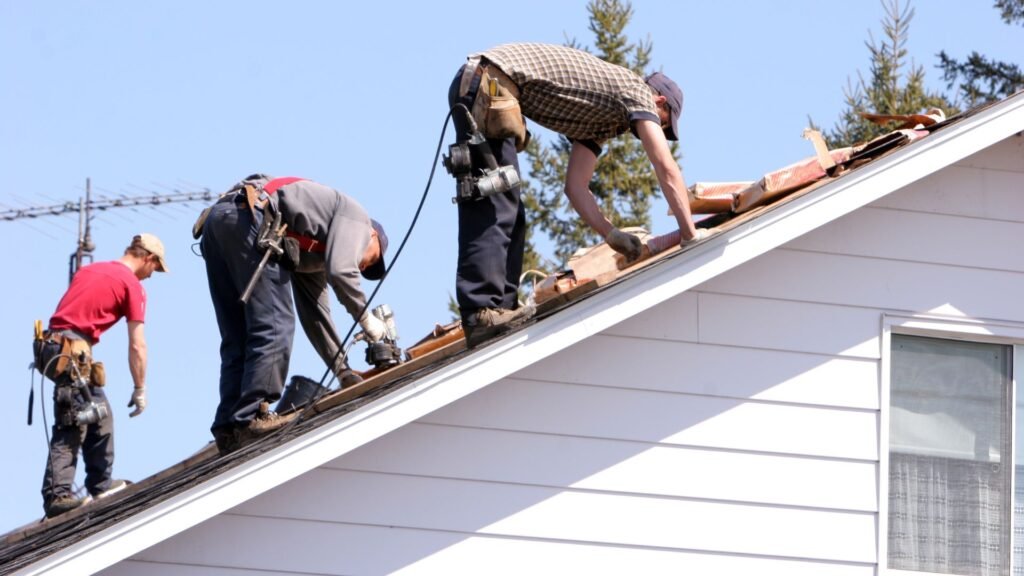Welcome to your complete guide on recladding cost in Kapiti, where we break down everything you need to know before starting your project. Whether your home needs a facelift, you’re fixing weather damage, or you want to boost its market value, understanding recladding costs can save you time, stress, and money. In this post, you’ll learn what drives the price, how to plan your budget, and where to find trusted local professionals who can deliver lasting results for your Kapiti home.
The average recladding cost in Kapiti ranges between $60,000 and $120,000, depending on your home’s size, materials, and condition. Factors like weather damage, labour rates, and consent fees can also affect the total price. Always request a detailed quote from licensed Kapiti builders to get an accurate estimate for your home.
Table of Contents
What Is Recladding And Why It Matters
Recladding means removing your home’s tired or damaged exterior cladding and installing a new, weather-tight system that meets current standards. You keep the structure, you upgrade the skin, and you solve hidden moisture issues before they grow.
In Kapiti, recladding is common because the local climate brings salt air, strong winds, and frequent rain. These conditions expose weak points around windows, flashings, and joints. Older homes and past leaky-home designs can trap moisture inside the wall cavity, which leads to rot and poor indoor air quality. If you plan a renovation or sale, you also need to meet building code requirements, so recladding often becomes the most direct route to compliance.
Clear reasons Kapiti homeowners choose recladding:
- Weather exposure speeds up wear, especially near the coast and on windward walls
- Leaky homes show trapped moisture, soft framing, or swollen window reveals
- Building compliance needs updated cladding systems, flashings, and drainage planes
- Modernising the look of the home while fixing underlying issues at the same time
Key benefits you can expect:
- Better insulation and thermal performance, which keeps rooms warmer and power bills lower
- Stronger weather protection through correct flashings, breathable wraps, and drained cavities
- Higher property value because buyers trust warm, dry, code-compliant homes
- Lower maintenance since modern materials resist moisture, pests, and UV damage
- Peace of mind from documented repairs and council sign-off
How to tell if recladding should be on your list:
- You see cracks in plaster, bubbling paint, or warped weatherboards
- You notice damp smells, stained linings, or soft timber around windows and doors
- Your builder points out missing or failed flashings, or your moisture readings are high
- You plan a major exterior refresh and want to future-proof the envelope
Practical example:
- If your home’s exterior is showing cracks or leaks, recladding might save you more than you think. Fixing the envelope early prevents structural repairs, speeds up consent approval, and protects resale value.
Recladding is not just a facelift, it is a targeted fix for weather, leaks, and code issues in Kapiti. When you address the exterior properly, you protect comfort, safety, and long-term value.
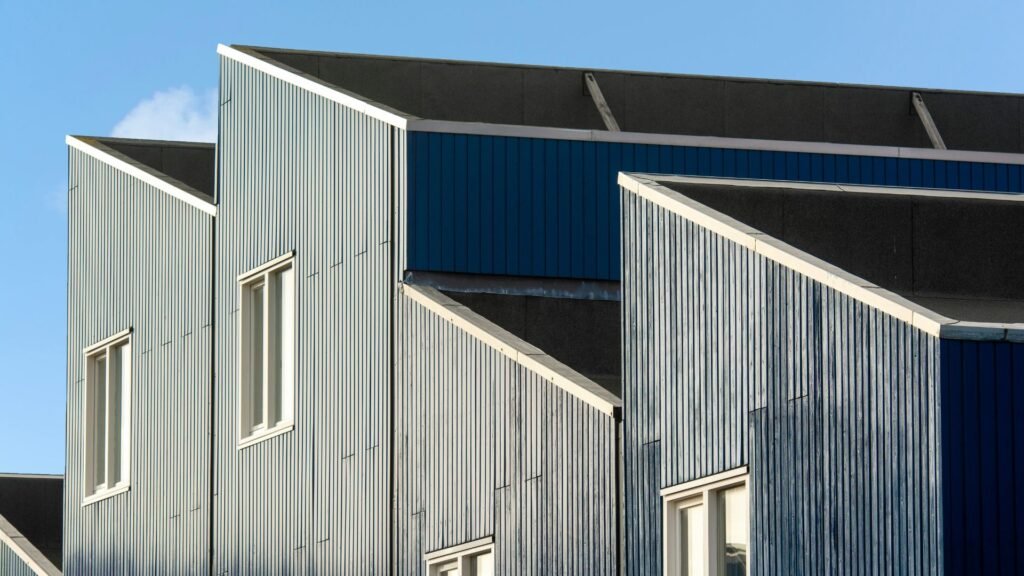
What Affects Recladding Cost In Kapiti
Understanding what drives the cost of recladding in Kapiti helps you plan better and avoid budget surprises. Prices can vary widely between homes, even on the same street. The size of your property, the materials you choose, the labour involved, and site conditions all play a part in determining your total bill. Below are the main factors that influence the average recladding price in Kapiti and what each means for your project.
Size Of Your Home
The overall size of your home is one of the biggest cost drivers. A larger surface area means more materials, longer labour hours, and higher scaffolding costs. A small single-storey home might need less time and material, with costs often sitting between $60,000 and $90,000. In contrast, a larger two-storey property can exceed $120,000, especially if complex access or design elements are involved. The bigger the wall area, the more you’ll spend, so accurate measurements are essential when getting quotes.
Type Of Cladding Material
The type of material you choose has a direct impact on price and long-term maintenance. Timber weatherboards are popular in Kapiti for their natural look but can be more labour-intensive to install. Fibre cement or plaster cladding may cost less upfront but require specific installation skills and regular sealing. Brick veneer or metal cladding options usually come with higher material costs but offer greater durability. When comparing materials, consider both the initial investment and the long-term upkeep to get the best value.
Labour Rates And Contractor Expertise
Labour makes up a large portion of recladding expenses. Skilled and licensed builders charge higher rates, but their experience ensures compliance and quality workmanship. In Kapiti, local labour rates can vary based on demand, project complexity, and time of year. Hiring experienced contractors can prevent costly mistakes or rework later. Always verify your builder’s qualifications and ask for recent project references before signing any contract.
Extent Of Damage Beneath Old Cladding
The condition of your existing cladding can make or break your budget. Once old panels are removed, hidden damage like rotten framing, moisture intrusion, or insulation issues often surface. These repairs are necessary for safety and compliance but can increase costs significantly. A professional pre-inspection helps identify potential issues early, giving you a clearer idea of what to expect before work begins.
Consent, Inspection, And Council Fees In Kapiti
All recladding projects in Kapiti require building consent through the Kapiti Coast District Council. Fees vary depending on the project’s size and complexity. You’ll also need to cover inspection costs at various stages of the work. While these expenses may seem minor, they can add up quickly. Budgeting for them upfront prevents unpleasant surprises and helps your project move smoothly through council approvals.
Accessibility And Site Conditions
Not all homes are easy to work on. Limited access, steep driveways, or surrounding landscaping can make setup and material delivery more difficult. Extra scaffolding, safety measures, or transport costs may apply. Homes on sloped sections or with tight boundaries often require more labour hours to complete. Discuss site conditions with your builder early to factor these costs into your estimate.
The average recladding price in Kapiti depends on many moving parts, but knowing what affects the total helps you stay in control. Take time to review each factor, compare quotes carefully, and choose the right materials for your budget and lifestyle. By planning smartly and working with experienced professionals, you can achieve a strong, weather-tight home that stands the test of time.

Typical Recladding Price Breakdown
Understanding how recladding costs are divided helps you plan your budget with confidence. Every home in Kapiti is different, but most projects follow a similar cost pattern. Below is a transparent breakdown showing where your money usually goes and why each part matters.
- Materials (30–40%)
Materials make up a large portion of the total recladding cost. Your choice of cladding will determine how much you spend and how long your new exterior will last. Common options include timber weatherboards, fibre cement, brick veneer, and metal panels. Timber tends to cost more upfront but offers a warm, natural look that many Kapiti homeowners prefer. Fibre cement is durable, moisture-resistant, and often more budget-friendly. Always balance price with long-term performance since cheaper materials may lead to higher maintenance later. - Labour (40–50%)
Labour costs are usually the largest part of the project. This covers skilled builders, installers, supervisors, and project managers who ensure the job meets local building standards. In Kapiti, labour rates can vary based on the builder’s experience and project size. Choosing qualified tradespeople might seem costly, but it protects you from future repair expenses caused by poor workmanship. The complexity of your home design also affects labour time and cost. - Council And Compliance (10–15%)
Before recladding starts, you need to secure building consent from the Kapiti Coast District Council. This process involves inspection fees, documentation, and compliance checks to make sure your home meets current safety and weatherproofing standards. Though this part of the budget often feels like red tape, it’s essential for protecting your investment. A home that meets council requirements will hold its value better and prevent issues when selling later. - Other Costs (5–10%)
These include scaffolding, waste removal, temporary weather protection, and possible design changes during construction. Site accessibility and unexpected issues—like hidden water damage—can also add to this category. Always set aside a small contingency fund to cover surprises that may arise once old cladding is removed.
Each recladding project in Kapiti is unique. The final price can shift depending on the home’s size, age, layout, and existing damage. A detailed inspection from a local professional will give you the most accurate estimate and help you prepare financially before starting work.
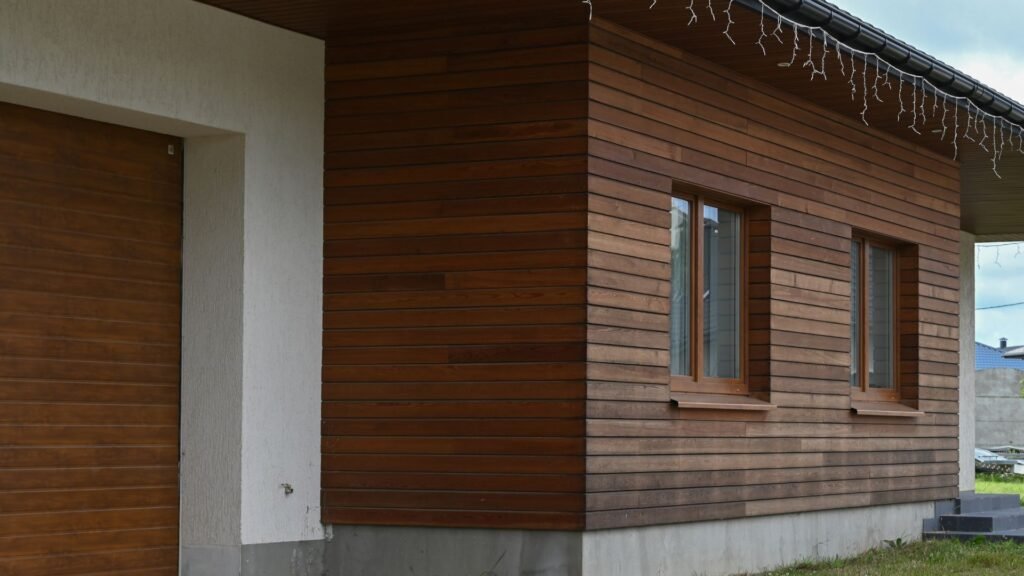
Signs Your Home Might Need Recladding
Your home’s exterior tells a story. Over time, weather, moisture, and aging materials can wear it down, leading to signs that it’s time for recladding. Spotting these early can protect your property from costly structural damage and maintain its long-term value.
Persistent Leaks Or Damp Patches
Water stains or damp spots on your walls or ceilings often mean water is seeping through the cladding. In coastal areas like Kapiti, heavy rainfall and salty air make homes more vulnerable to leaks. If left untreated, moisture can lead to mould growth, timber decay, and expensive internal damage. The sooner you identify where the water is entering, the easier and cheaper it will be to fix.
Visible Cracks Or Bulging Panels
Cracks in plaster or cladding boards are clear signs of trouble. They often occur when materials expand and contract due to changing temperatures or when the building structure shifts slightly. Bulging panels may mean moisture has built up behind the walls, pushing the cladding outward. These issues not only ruin your home’s appearance but also allow water to penetrate deeper, weakening the structure.
Soft Or Rotting Timber Frames
If you touch a window frame or wall section and it feels soft, that’s a red flag. Rotting timber indicates long-term exposure to water. Once rot sets in, it spreads quickly, compromising your home’s strength and safety. Recladding can help remove the damaged sections, replace them with treated timber, and seal the house properly to stop future leaks.
Musty Smell Or Swelling Around Windows
A damp, musty smell is often the first sign of hidden water damage. You might also notice that the walls or window frames seem to swell or warp. This happens when moisture gets trapped behind old or poorly installed cladding. Over time, the swelling can cause gaps, allowing even more water to enter. Professional inspection and recladding can stop the cycle before it turns into serious structural decay.
Paint That Won’t Stick Or Bubbling Surfaces
If paint keeps peeling, bubbling, or refusing to dry properly, there’s usually a moisture problem underneath. This happens when water becomes trapped within the cladding layers, preventing the surface from drying evenly. Simply repainting won’t solve it; the real issue lies deeper. Recladding allows you to remove the source of moisture, repair any hidden damage, and apply finishes that last longer.
If you notice more than one of these warning signs, don’t wait. Getting a professional inspection early can save thousands later and keep your Kapiti home strong, dry, and beautiful for years to come.

How To Plan Your Recladding Project
Planning your recladding project in Kapiti is the key to saving time, avoiding costly surprises, and ensuring long-term protection for your home. The recladding process in Kapiti involves several clear steps, from inspection to final sign-off. Taking the time to plan each stage carefully will make your project smoother, safer, and more cost-effective.
Step 1: Inspection
Start with a full inspection of your home. Hire a qualified building inspector to carry out a building report or moisture test. This step helps identify hidden water damage, rotting timber, or structural issues under the cladding. Early detection prevents bigger problems later. If moisture levels are high, the inspector will recommend the areas that need repair before recladding begins. This is the foundation of any successful recladding project because it determines the real scope of work and the budget you’ll need.
Step 2: Design Phase
Once you know the condition of your home, it’s time to decide how you want it to look. Choose your new cladding material based on durability, style, and maintenance needs. Common choices for Kapiti homes include weatherboards, fibre cement panels, and brick veneer. Consider how the material performs in coastal weather since Kapiti’s climate can be tough on exterior finishes. This is also when you should discuss color, insulation, and design preferences with your chosen recladding contractor in Kapiti.
Step 3: Consent Application
Before any construction starts, you must apply for building consent from the Kapiti Coast District Council. This ensures the project meets local regulations and safety standards. Your builder or project manager can usually handle this process for you. Having proper consent protects you legally and guarantees that your new cladding complies with building codes. Missing this step could cause delays or issues when you try to sell your home later.
Step 4: Removal And Repair
When consent is granted, your old cladding is carefully removed. During this stage, contractors will check for hidden damage like leaks, mold, or weakened framing. Any damaged areas must be repaired or replaced before new cladding goes on. Skipping repairs can lead to structural problems in the future. A skilled recladding contractor in Kapiti will take the time to fix these issues properly, ensuring your home’s frame is solid and ready for the next stage.
Step 5: Installing New Cladding
After repairs, your new cladding is installed by licensed building practitioners. This step determines the final look and performance of your home, so it’s vital to use professionals who specialize in the recladding process in Kapiti. Proper installation improves insulation, weather resistance, and overall property value. The right team will also maintain a tidy site, communicate clearly, and stick to your project timeline.
Step 6: Final Check And Sign-Off
Once installation is complete, the council will carry out a final inspection. This ensures your recladding meets all compliance standards and building codes. When approved, you’ll receive official sign-off documents confirming that the work is safe, durable, and up to code. Keep these documents for future reference, especially if you decide to sell your property.
You don’t have to handle every detail alone. A trusted recladding contractor in Kapiti can guide you through each stage, manage paperwork, and coordinate inspections. With the right planning and expert support, your recladding project will protect your home, boost its value, and give you peace of mind for years to come.
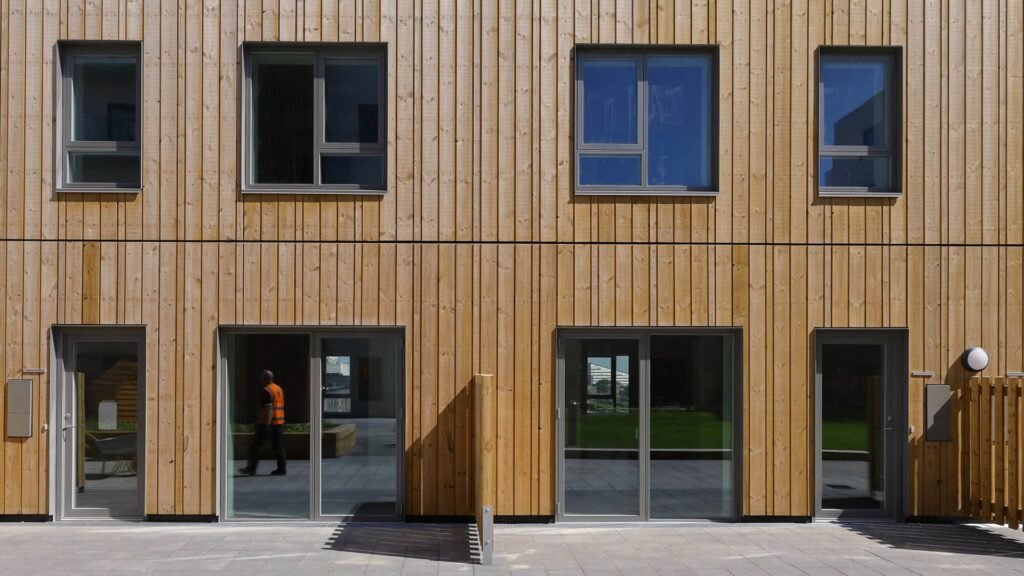
How To Save On Recladding Without Cutting Corners
Recladding your home is a big financial commitment, but there are smart ways to reduce costs without lowering quality. The key is knowing where to spend wisely and how to make informed choices. By focusing on transparency, long-term value, and careful planning, you can complete your recladding project on budget while keeping your home safe and durable.
Start by comparing quotes from at least three qualified builders. Don’t settle for the first estimate you receive. Multiple quotes give you a clear picture of the market rate in Kapiti and help you spot unrealistic pricing. Ask each contractor to provide a written estimate with detailed cost breakdowns for materials, labour, and council fees. This step helps you avoid hidden charges and ensures you’re comparing fair prices.
Transparency is essential. When a builder shares exactly where every dollar goes, you can identify unnecessary mark-ups and evaluate where to adjust. A clear quote also shows professionalism and reliability, two things you need in a long-term construction partner.
Avoid low-ball offers that sound too good to be true. A quote that’s much cheaper than others often means shortcuts—rushed labour, poor materials, or ignored structural repairs. Those quick fixes can lead to expensive problems later, including leaks and compliance issues. Always choose builders who emphasize quality and warranty-backed workmanship instead of those focused on cutting costs.
When selecting materials, prioritize durability over the lowest upfront price. High-quality cladding materials like weatherboard or fibre cement panels may cost more initially, but they perform better in Kapiti’s coastal climate and last much longer. Investing in quality now prevents early replacements and repeated maintenance expenses in the future.
Another practical way to save is to plan your project during off-peak seasons. Builders often have more flexible schedules during quieter months, which can lower labour costs. Off-season planning also gives you more time to prepare permits, finalize designs, and make informed material choices without pressure.
Good recladding is an investment, not just an expense. Spending wisely today means your home will remain strong, compliant, and attractive for years to come. Taking the time to plan, compare, and choose trusted professionals will reward you with both peace of mind and long-term value.
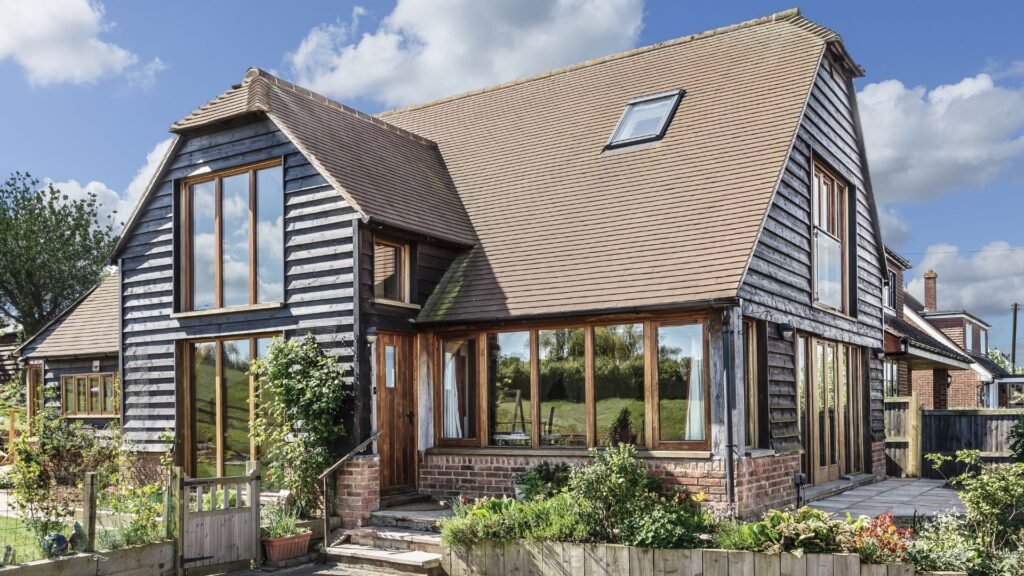
Common Mistakes Homeowners Make
When it comes to recladding, many Kapiti homeowners focus on the visible parts of the job—the design, materials, and budget—but often overlook small decisions that can lead to big problems later. Understanding the most common mistakes can help you avoid setbacks, extra costs, and unnecessary stress during your recladding project.
Ignoring Small Leaks Or Early Warning Signs
One of the biggest mistakes homeowners make is ignoring the early signs of water damage. A small leak, damp patch, or peeling paint may seem harmless at first, but it often signals a deeper issue beneath the cladding. Over time, moisture can seep into timber framing, causing rot and structural damage. In coastal areas like Kapiti, where humidity and salt exposure are common, even minor leaks can worsen quickly. It’s always best to schedule an inspection as soon as you notice any signs of water intrusion. Acting early can save thousands in future repairs.
Skipping Professional Assessment
Many homeowners try to estimate recladding needs on their own or rely on general contractors without the right expertise. This shortcut can lead to missed issues and underestimated repair costs. A qualified building inspector or recladding specialist can identify hidden damage, assess moisture levels, and provide an accurate scope of work. Professional assessments may seem like an extra expense, but they often prevent costly surprises later in the process.
Rushing Permits Or Paperwork
Another common pitfall is rushing through the paperwork and building consent process. The Kapiti Coast District Council has clear guidelines for recladding work, and skipping steps or submitting incomplete documentation can delay approvals. Some homeowners start work before receiving consent, only to face stop-work notices or fines. Taking time to complete all council requirements ensures the project runs smoothly and meets local compliance standards.
Choosing Unlicensed Or Inexperienced Builders
Hiring the cheapest contractor might feel like a smart move upfront, but it often leads to poor workmanship and failed inspections. Always check that your builder is a Licensed Building Practitioner (LBP) with proven experience in recladding homes similar to yours. Licensed builders follow New Zealand’s building codes, offer warranties, and know how to manage the detailed compliance process. Quality workmanship protects both your home and your long-term investment.
Forgetting About Council Regulations
Every recladding project in Kapiti must comply with local regulations covering materials, structural safety, and weatherproofing standards. Some homeowners assume these rules only apply to new builds, not renovations. Ignoring council regulations can lead to failed inspections, fines, and expensive rework. The safest approach is to confirm all consent requirements with the council or your builder before starting.
Be Proactive, Not Reactive
Recladding is a major investment, and every decision counts. Addressing small problems early, hiring the right professionals, and following proper procedures make a big difference in both cost and outcome. It’s always easier—and cheaper—to prevent issues than to fix mistakes after the work is done.
Taking a careful, informed approach to your recladding project protects your home, your budget, and your peace of mind. By avoiding these common mistakes, you’ll move forward with confidence, knowing your Kapiti home will stand strong for years to come.

Finding Reliable Recladding Professionals In Kapiti
Choosing the right builder is the most important step in any recladding project. Your home’s safety, value, and finish depend on the skill and integrity of the people you hire. When searching for recladding experts in Kapiti, take the time to check qualifications, ask the right questions, and look for signs of real local experience.
Start by focusing on builders with a proven record in your area. A local contractor understands Kapiti’s climate conditions, from the strong coastal winds to the high salt exposure that affects building materials. They also know local council requirements and can help you navigate the consent process more smoothly. Hiring someone unfamiliar with the region may lead to mistakes that delay your project or increase costs.
Always check for an LBP (Licensed Building Practitioner) certification. This certification means the builder meets New Zealand’s professional standards and is approved to carry out recladding work. An LBP has the training and accountability to complete structural repairs correctly and safely. Without this qualification, your project might fail council inspections or compromise the quality of your home.
Reviews and references are equally important. Look for consistent feedback on reliability, communication, and quality of workmanship. Online reviews from Kapiti homeowners can help you identify trusted professionals. Once you narrow down your options, ask to visit a past project. Seeing their finished work in person gives you a better idea of how they manage detail, finishes, and timelines.
Before signing any contract, discuss warranties and aftercare. A reliable recladding specialist should provide clear terms about material guarantees, workmanship warranties, and post-project support. This shows confidence in their work and gives you peace of mind that any issues will be handled quickly.
Working with recladding experts in Kapiti ensures that your project is managed by professionals who understand local regulations, building standards, and weather challenges. They will guide you through each phase of the process, from inspection to completion, with attention to quality and compliance.
Ready to give your home a new look that lasts? Get a free, no-obligation quote from trusted recladding experts in Kapiti today.
References
- Cost of Recladding in NZ: What to Expect and How to Budget — Seamless Builders. https://www.seamlessbuilders.co.nz/latest-project-and-news/cost-of-recladding-in-nz-what-to-expect-and-how-to-budget (Seamless Builders)
- How Much Does House Recladding Cost in New Zealand (2025)? — Yasen Construction. https://yasenconstruction.co.nz/how-much-does-house-recladding-cost-in-new-zealand-2025/ (Yasen Construction)
- Recladding Costs For Monolithic Homes In NZ (2025) — Builder Connect. https://builderconnect.co.nz/blog/cost-to-reclad-a-monolithic-house/ (Builder Connect NZ)
- Recladding | Leaky Home & Reclad Costs NZ — Style Plus Renovations. https://www.styleplusrenovations.co.nz/blog/recladding-leaky-home-reclad-costs-nz/ (styleplusrenovations.co.nz)
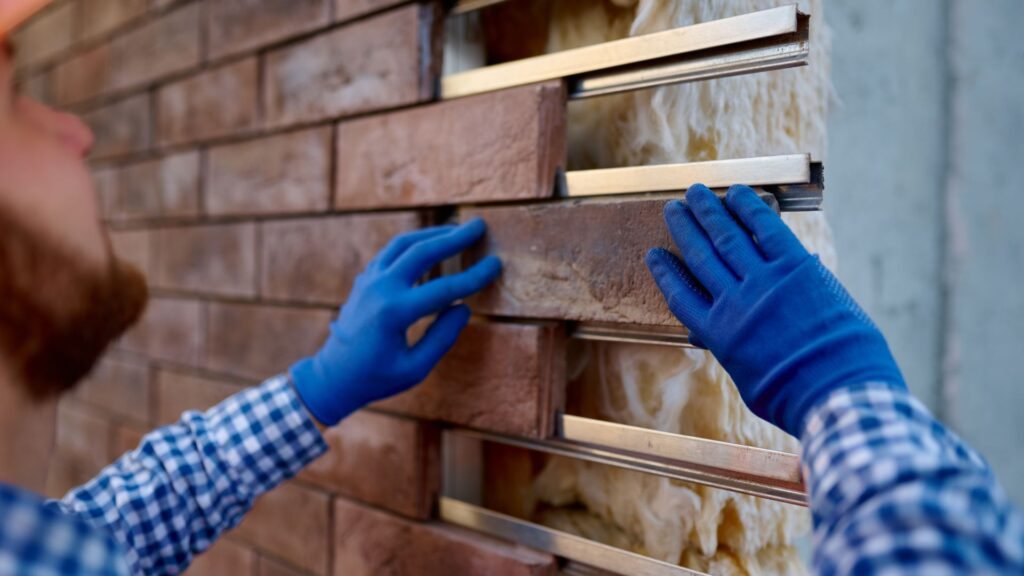
FAQs: About Recladding Cost In Kapiti
What is recladding and why is it important for Kapiti homes?
Recladding is the process of replacing your home’s exterior cladding to fix leaks, improve insulation, and boost property value. It’s especially important in Kapiti due to the coastal climate and frequent exposure to moisture.
How much does recladding cost in Kapiti?
The cost usually ranges from $60,000 to $120,000, depending on your home’s size, material choice, and the extent of damage that needs repair.
What factors affect the recladding price?
Main factors include your home’s size, type of cladding, labour rates, accessibility, and council fees. The amount of structural repair required under old cladding also impacts the total cost.
Do I need building consent for recladding in Kapiti?
Yes. Recladding typically requires consent from the Kapiti Coast District Council to ensure the work meets safety and compliance standards.
How long does a recladding project take?
A standard recladding project can take between 8 to 16 weeks, depending on your home’s complexity, weather conditions, and council inspection timelines.
Can I live in my house during recladding?
In most cases, yes. However, if major damage or water intrusion is found, temporary relocation might be needed for safety reasons.
What are the most common materials used for recladding?
Popular options include timber weatherboards, fibre cement panels, brick veneer, and metal cladding. Each material varies in cost, maintenance, and appearance.
How can I reduce my recladding costs?
You can save by getting multiple quotes, choosing durable mid-range materials, scheduling during off-peak seasons, and working with local licensed builders.
What are signs that my home needs recladding?
Warning signs include leaks, bubbling paint, cracks in cladding, musty smells, or visible rot near windows and doors. Early inspection can prevent bigger repairs later.
How do I find a reliable recladding specialist in Kapiti?
Look for licensed building practitioners (LBPs) with proven experience in recladding, check reviews, ask for past project photos, and request transparent quotes.
Conclusion
Recladding your home in Kapiti is one of the smartest investments you can make for both comfort and long-term value. The cost can vary based on your home’s size, chosen materials, and the extent of repair work needed, but thoughtful planning and guidance from licensed professionals can help you stay within budget and avoid costly surprises. Always take time to compare quotes, check builder credentials, and choose materials that suit Kapiti’s unique weather conditions. A well-executed recladding project not only restores your home’s structure but also improves energy efficiency and boosts curb appeal. If you’re ready to start your recladding project in Kapiti, get professional advice and make every dollar count. Request a quote or inspection from a local recladding specialist today to begin your home’s transformation with confidence.


